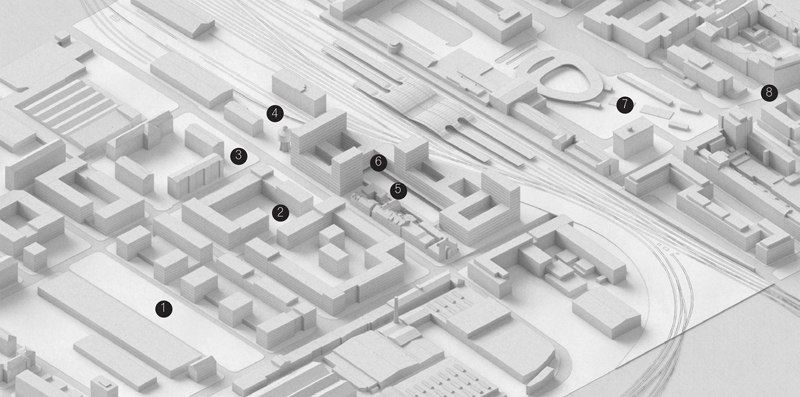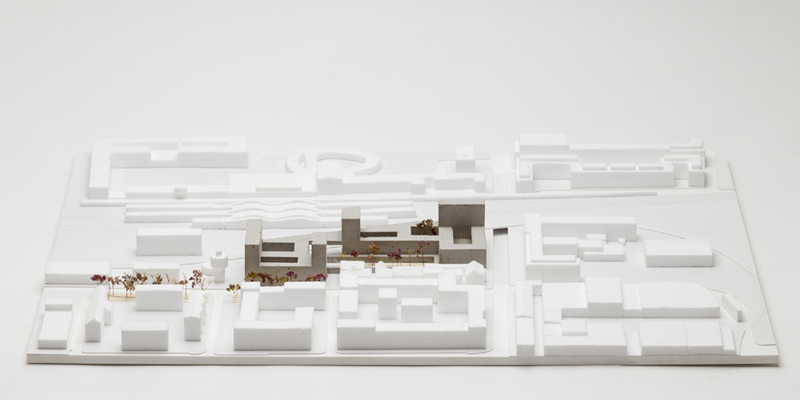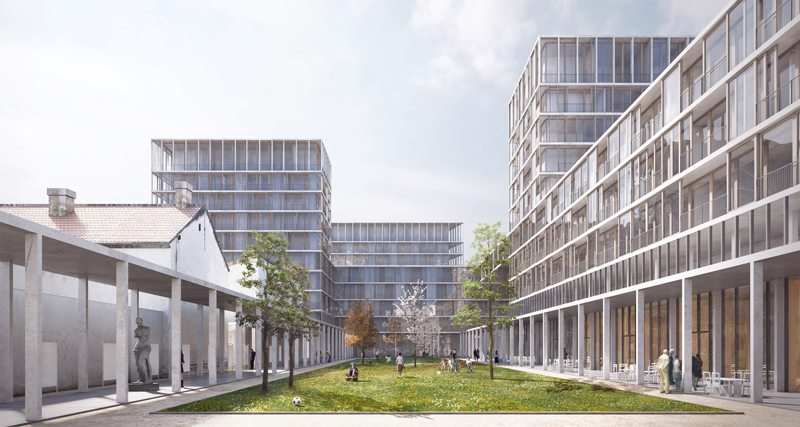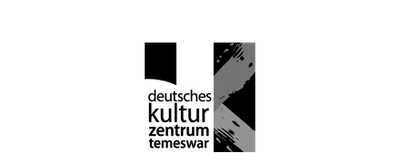Birou de arhitectură
A-PLATZ
Colaboratori externi:
Tamás Fischer
Location:
Graz, Autria
Client:
Europan Asociation / ÖBB Immobilienmanagement Gmbh, Hanschmann F Gmbh
Buget:
-
Text de prezentare a lucrării:
Located behind the train station in Graz, the E13 site represents a neuralgic point in the city’s dynamic. The main objectives are “to dissolve the barrier of the railway tracks and to establish the main station surroundings as a coherent neighborhood.” Two pedestrian tunnels are proposed in order to connect the two sides of the railway. One of them is planned to connect the E13 site with the train station, turning it into a gateway to the city center.
We use the building mass to define a strong public space, which is connected to the urban context phisically and visually trough several passages, but it is also protected. Secondary courtyards are cut in the buiding mass. Squares and courtyards are connected to create a continuous urban space. The plinth of the building (ground floor and first floor) offers adaptable spaces for different activities: trade, workshops, restaurants. The loggia and the different degrees of opening-closing of the facade represent an important part in the animation of the urban space. The building works on different scales. The towers are signs on the city scale, visible from far away, the building base is a skyline on the scale of the neighborhood, the colonade brings in the human scale.
The existing buildings on the western part of the site are ‘invited’ without obligation to participate in shaping the Colonnade Square. In the future it is possible to gradually change these buildings in order to form a coherent and complete whole.
We believe that the program of this kind of project will be constantly subjected to rapid changes generated by economic laws often difficult to predict. Therefore we propose an adaptable structure where future changes are perfectly achievable.
The architecture of the building has a timeless aspect. The double façade system provides sound protection on the east side with the railroad and generates an intermediate space that can be used as a balcony. Sliding panels give a pleasant, vibrant appearance to the facade. In the interior courtyards, the space reserved to the double façade can be transformed into a corridor. As in the case of the program, the life expectancy of the complementary elements is shorter than the life of the supporting structure, therefore the possibility of long-term change is important.

